Policy White Papers
2018-2019
Scattered for Safety: Boko Haram, Girls, and the Promise of Distance Learning
by Jenna Galberg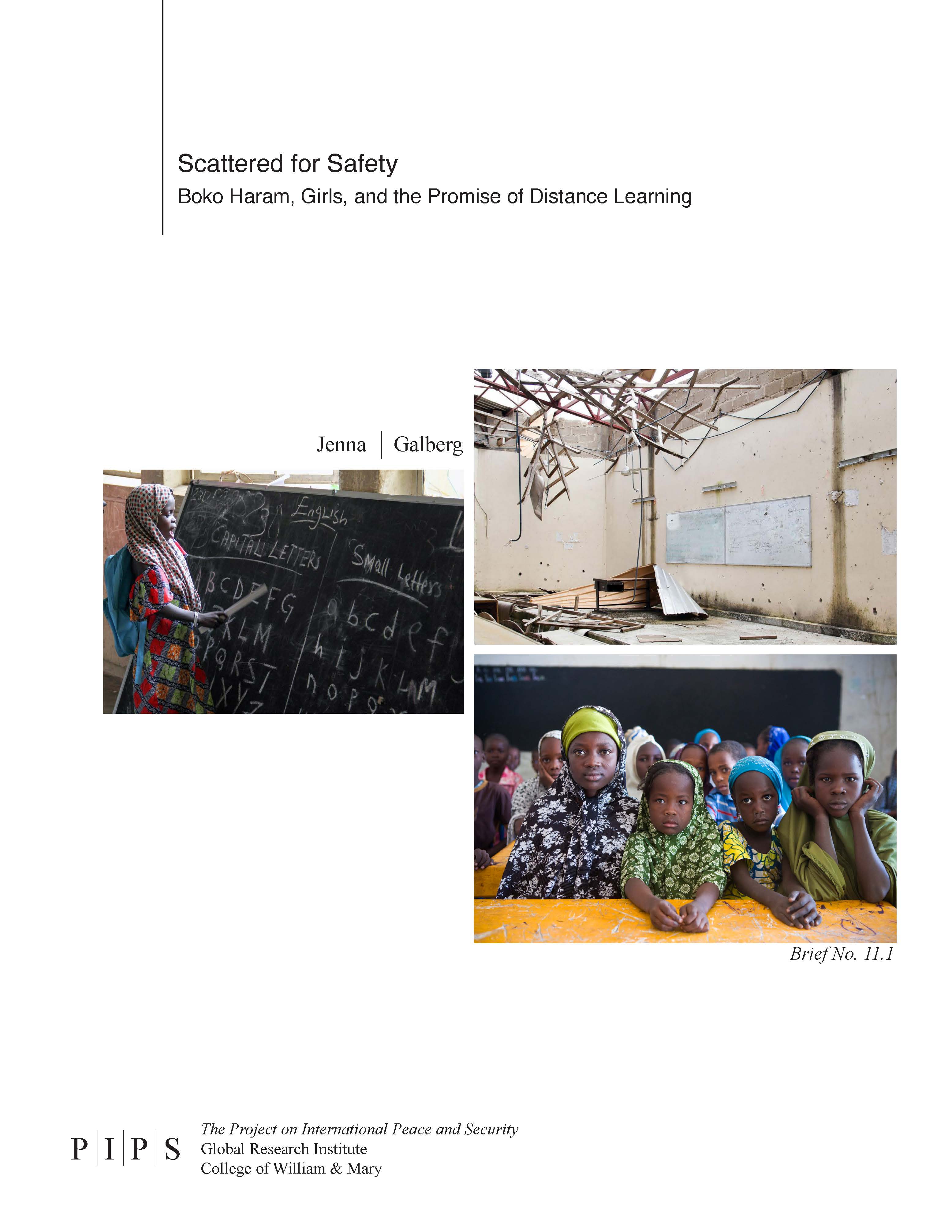
Executive Summary (pdf)
White Paper (pdf)
On February 19th, 2018, Boko Haram kidnapped 110 girls from their school in Dapchi, Nigeria, underscoring the weakness of strategies that secure students through a hardening of targets. Instead, a policy that disperses girls using technology-enabled educational forums would make it more difficult for Boko Haram to abduct large groups of women. Such distance learning programs will also implement low-cost, sustainable education reform in Nigeria’s insecure zones. The opportunity for this educational model to be accessible to students at any time and location will effectively protect girls at risk in Nigeria as well as students in other conflict zones around the world.
Cathedrals and Conscripts: Taking Advantage of Russia's Intra-Military Elitism
by Marie Murphy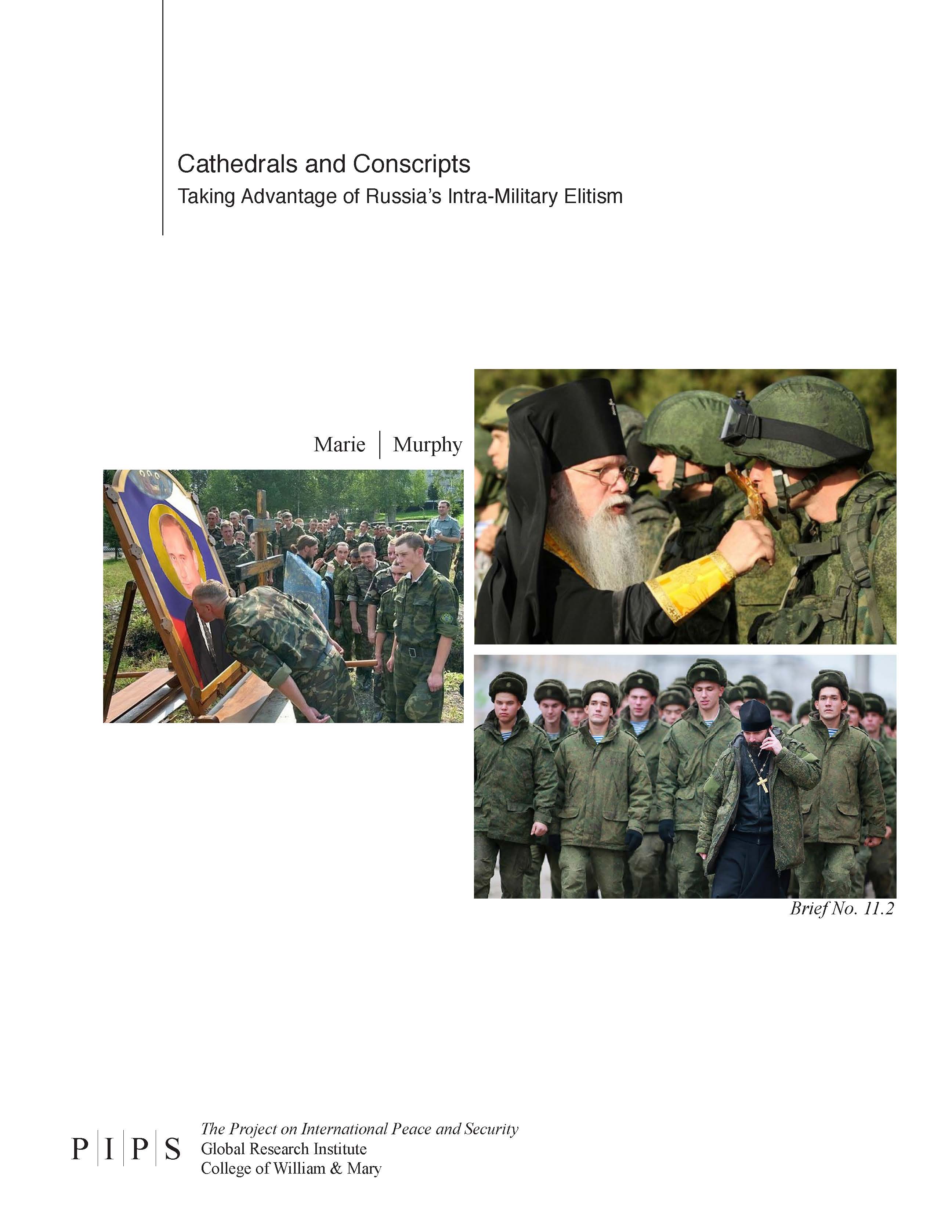
Executive Summary (pdf)
White Paper (pdf)
Russia’s creation of ethnically based military units and the establishment of a military church is dividing its army along ethno-religious lines. This division will lead to the development of an elite, better equipped in-group composed of professional Russian Orthodox soldiers and an ill-equipped out-group of ethnically and religiously diverse conscripts. These developments have two implications. First, the moderately sized homogenous in-group will provide Moscow with troops able to conduct sophisticated limited conventional operations, hybrid warfare, and internal security. Second, the ideological isolation and limited resources of the conscript-based outgroup will increase dissent within these military units, heighten ethnic tensions within Russia, and limit the combat effectiveness of a large portion of the Russian army. United States defense policy should recognize the dangers and divisiveness of Russia’s military in-group, while seeking to capitalize on the technologically inferior out-group.
Picking Waste, Preserving Democracy: Global Recycling and State Instability
by Liz Rosen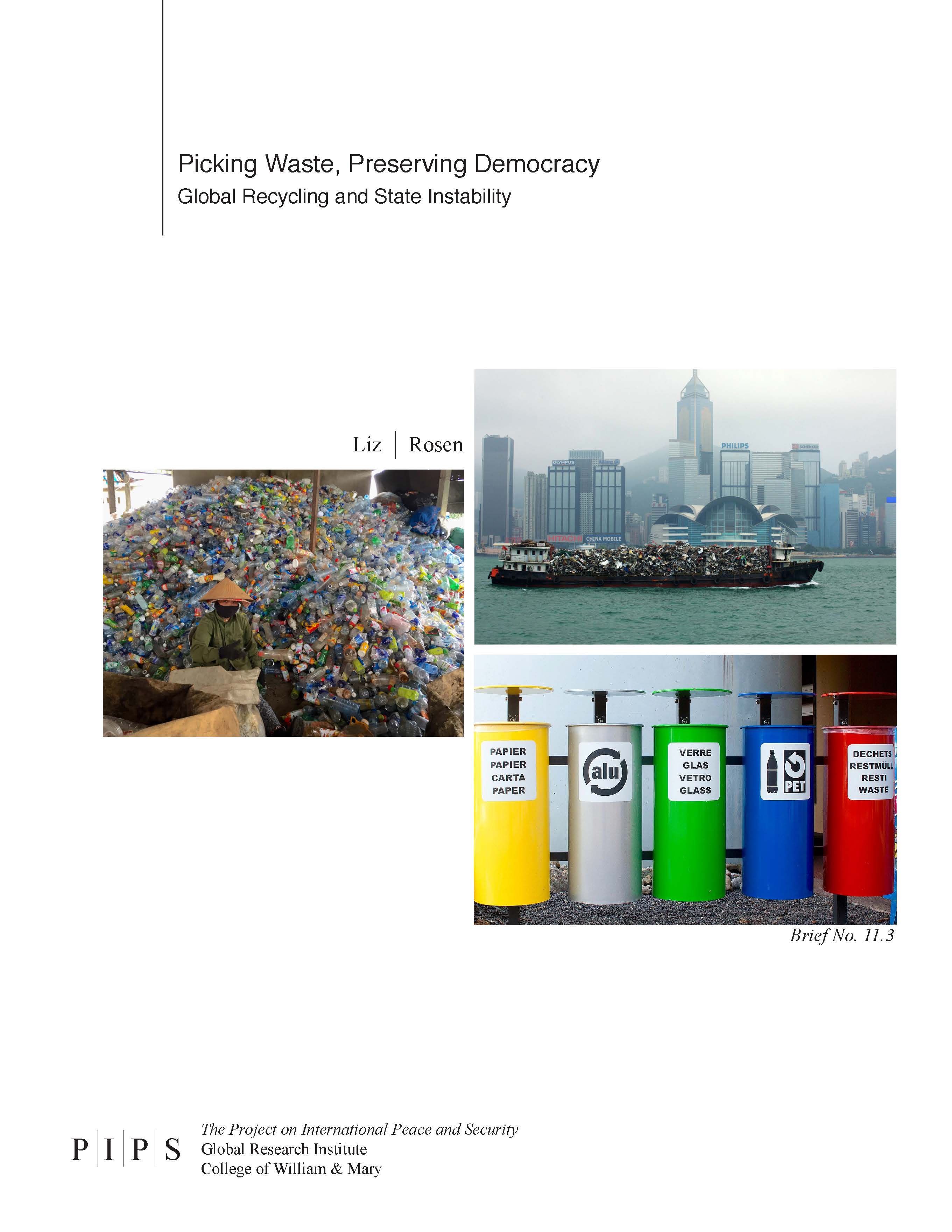
Executive Summary (pdf)
White Paper (pdf)
Once the primary destination of recyclable materials, China recently upended the geography of trash by banning waste imports. Changes in the waste market have historically weakened diplomatic relationships, undermined domestic political stability, and limited economic potential in waste-processing states. In one possible future for the market, democracies with abundant labor may take China’s place as waste importers. Without effective policy action, the influx of waste will likely lead to environmental degradation, health crises, and corruption in the new importer states, ultimately fostering instability. Current efforts to address changes in the waste market shift the problem or do not address the root of the issue. American organizations can minimize the negative externalities of the waste trade by working with importing states to provide personal protective equipment, encourage waste worker unionization, and build capacity for customs enforcement.
Rewriting the Past, Remaking the Present: Historical Narratives in Russian Disinformation Campaigns
by Aaron Spitler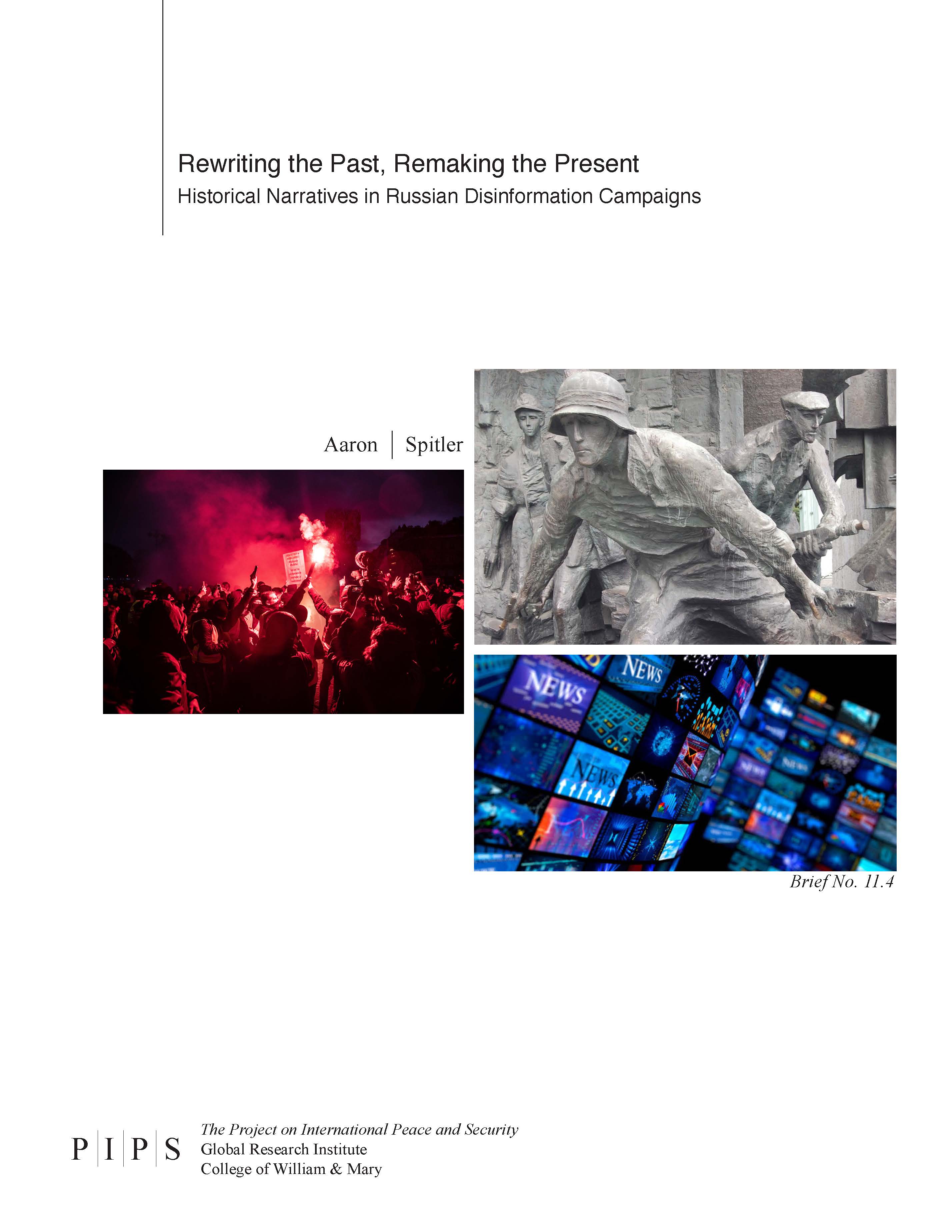
Executive Summary (pdf)
White Paper (pdf)
The weaponization of historical narratives has been overlooked in efforts to combat Russian disinformation operations. Russia’s historically-oriented propaganda alters citizens’ understanding of the past, exploiting people’s prejudices to shift political debate towards proKremlin interests. To combat this form of disinformation, Washington should empower targeted states to promote factual historical messaging that appeals to the public. This paper proposes collaborating with experts to understand how historical interpretations shape our politics. An awareness of socio-historical dynamics would allow U.S. policymakers to craft effective counternarratives and limit the spread of disinformation in allied countries.
Mob Violence, Mobile Phones: Private Messaging and the Future of Peacekeeping
by Elizabeth Sutterlin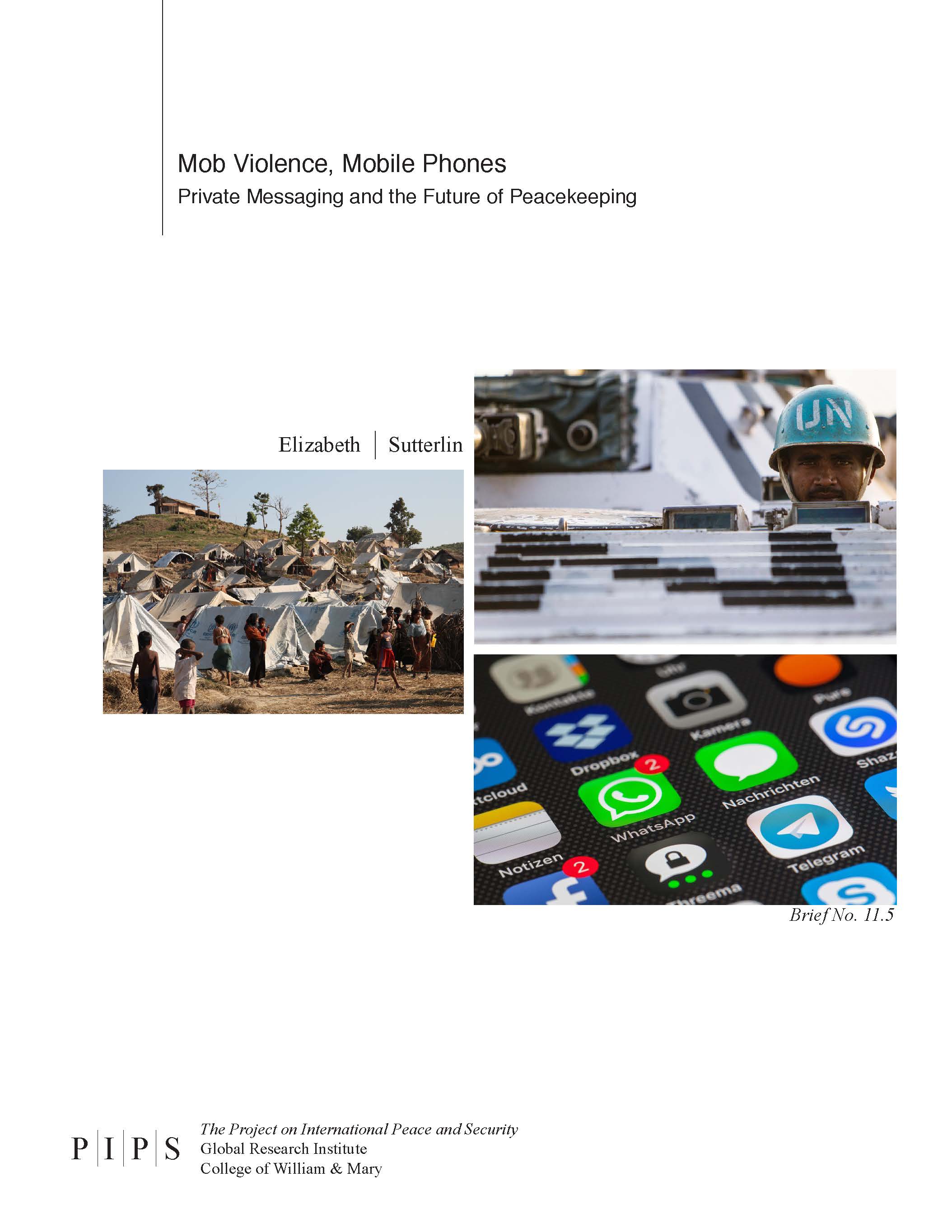
Executive Summary (pdf)
White Paper (pdf)
Peer-to-peer mobile communications are a blind spot for peacekeeping operations in conflict-prone areas. Increased access to cheap mobile phones has allowed misinformation to spread quickly via direct messaging platforms. People are prone to believe private messages from their peers that contain sensational rumors. The more widely these messages spread, however, the greater their risk of inciting violence. Without a strategy to monitor inflammatory rumors on peer-to-peer digital platforms, future peacekeepers will be hampered in their ability to prevent conflict and protect civilians. To address this challenge, the UN should expand the responsibilities of locals acting as community liaison assistants (CLAs) to include gathering information from digital peer-to-peer networks. By expanding this role, rumors on digital platforms will be identified and shared with peacekeepers by CLAs before messages incite violence.
Cornering the Graphene Market: Countering Beijing's Stratefy for Industry Domination
by Lindsey Washington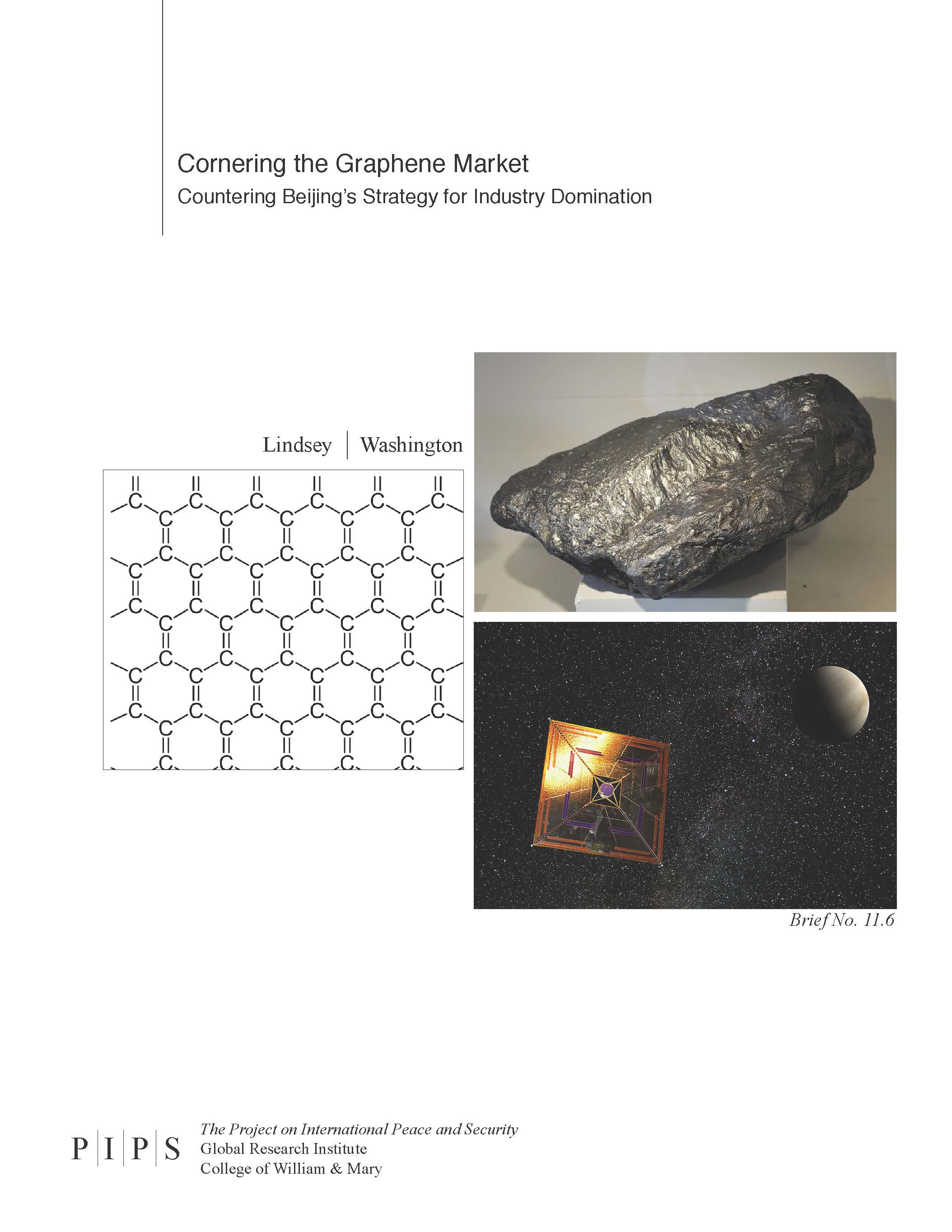
Executive Summary (pdf)
White Paper (pdf)
Graphene is a one-atom thick, semimetal superconductor that promises to revolutionize several industries key to national security. The Chinese government has invested heavily in research and development for the cost-efficient production of graphene, allowing China to undercut global competitors and limit market entry in the long run. Control over the graphene market will strengthen China’s presence in the energy and space industries, improve its armored vehicles and body armor, and bolster its influence in regions crucial to U.S. national security. Because the United States has not prioritized graphene production research, it will be unable to strategically or commercially compete as China dominates the graphene market. To combat Chinse industry domination, the United States can use existing research and manufacturing infrastructure within the Department of Defense to develop cost-effective graphene mass production processes.














